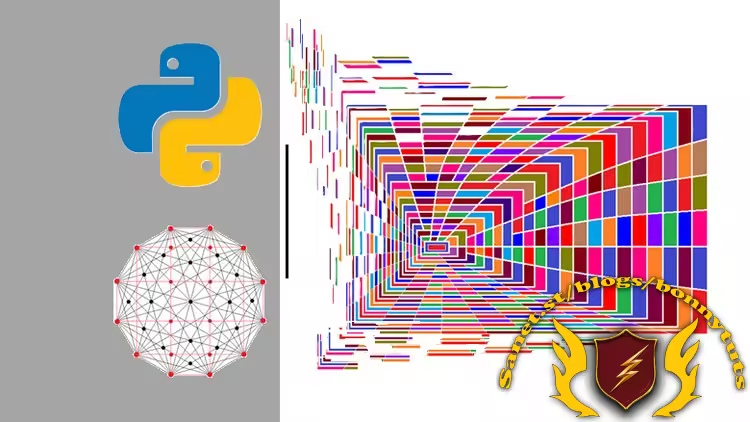
Published 5/2025
Created by Subhabrata P.,SpheroscopiC .
MP4 | Video: h264, 1280×720 | Audio: AAC, 44.1 KHz, 2 Ch
Level: Beginner | Genre: eLearning | Language: English | Duration: 19 Lectures ( 2h 36m ) | Size: 1.15 GB
Learn combinatorics through 7 crisp bites in this course with coding in Python
What you’ll learn
Arrangements and permutations of elements. Selecting groups of elements.
Counting arrangements and combinations of elements with-replacement and without-replacement.
Circular permutations.
Exploration of combinatorics based on set theory.
Combinatorics in Python.
Requirements
Basic mathematics, familiarity with number system, set theory.
Basic proficiency in working with computer.
Familiarity with Python syntax can be helpful, although not mandatory.
Pen, notebook for keeping notes, performing tasks and exercises.
Description
Combinatorics is a branch of mathematics that opens the door to a fascinating world of counting, arranging, and selecting elements—and it silently powers much of what happens in data science. Whether we are calculating the number of possible user IDs, analyzing feature combinations in a dataset, or designing a machine learning model, combinatorics helps us understand how many ways things can happen.”If a game of chance is interrupted, how should the winnings be fairly divided between two players?”This famous question, posed in 1654 by French nobleman and gambler Chevalier de Méré, compelled mathematicians Blaise Pascal and Pierre de Fermat to consider all the possible outcomes using combinatorics—laying the foundation of modern probability theory.At its core, combinatorial reasoning sparked the birth of ‘probability’ in the 17th century.This beginner’s course introduces combinatorics from the basics. It is suitable for both aspiring data analysts or data scientists, as well as experienced machine learning developers who want to deepen their understanding of combinatorics. Each combinatorial technique is executed in Python programming environment also, so that you can perform counting tasks in Python immediately.By end of this course, we will be able tounderstand counting arrangements and permutationsgrasp the concept of counting combinationsdistinguish between with-replacement cases and without-replacement casesunderstand counting arrangements of digits to form distinct numbersarrange and select elements from a multisetunderstand arrangement of elements or people in circular formcount the possible number of bracelets and necklaces made from certain number of gemstonesapply inclusion-exclusion principle with the help of Venn-diagramexplore combinatorics based on set theoryimplement combinatorial logic using PythonLet’s dive into amazing realm of permutation, combination. See you inside the course!
Password/解压密码www.tbtos.com
转载请注明:0daytown » 7 Bites of Combinatorics